Differences Between Input Devices and Output Devices
Input Devices
The purpose of input devices is to allow computer users to input data. We can define these as the tools that transform information humans understand into a format appropriate for computer processing or tools that digitize data. All input devices must be connected in a specified way (using various connector types) and communicate and send data following a predefined protocol. The interface consists of a connector that can support a specific protocol and has particular signaling, allowing the system to communicate. The keyboard is the most popular input device for general-purpose computers. Still, other devices can also be connected to a computer via a USB interface or an integrated card.
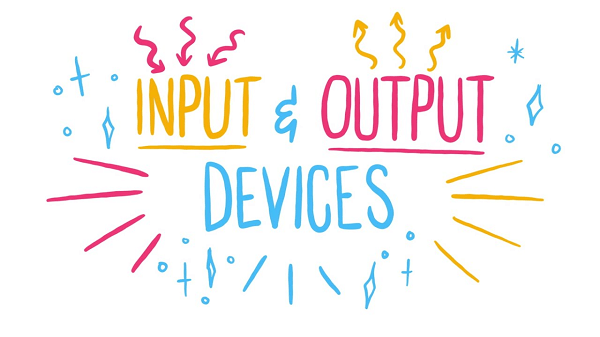
Specially built computers, which include certain "robots" or microcontrollers in their design, employ highly specialized inputs and often non-standard input devices. Additional input devices include the sensor attached to an A/D converter and Bluetooth devices for wireless information exchange. The gaming joystick is also an input device because the computer receives information about its mechanical position through data. Still, the mouse is typically used to control a computer if it has no additional functions. The TouchPad or Touch Screen is comparable to the mouse (trying to incorporate some of its features). Still, with a special stylus, this combination of haptic feedback can detect handwriting and send complicated messages to the computer. The microphone and camera are further examples of particular input devices. The microphone is an electro-mechanical inverter to an electric signal. If no digital wireless communication is embedded in it, it still represents a device that primarily delivers an analog signal. Images are converted to binary records by the scanner. On the other hand, the camera provides an image from one of the formats of image conversion to a binary form in the computer. Another illustration of an input device is the TV channel card integrated into the tuner.
List of input devices, along with their importance
- Keyboard: One of the most popular ways to interact with electronic devices is through the keyboard, revered as an input tool. It is likewise regarded as the most widely used input method. The keyboard's layout mostly functions as a conventional typewriter. One hundred eight key types were initially on the keyboard to degrade various functions.
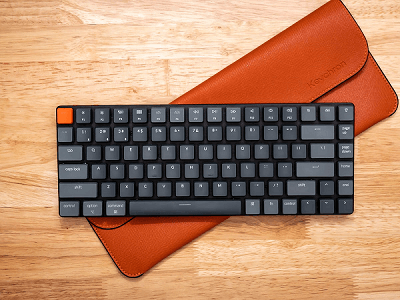
- Mouse: The mouse is among the most practical and widely used cursor control-focused input devices. It is primarily perceived as a little, rounded ball about the size of a palm. Sending data to the CPU to begin the output result corresponds to moving the mouse pointer and clicking.
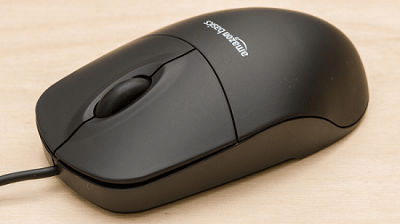
- Joystick: Originally, the joystick was employed as a pointing device to move the cursor around the screen. The upper and lower ends give it the appearance of a spherical ball. Because the joystick's functioning is derived from the mouse, it is employed in "computer-aided designing" and many gaming genres (CAD).
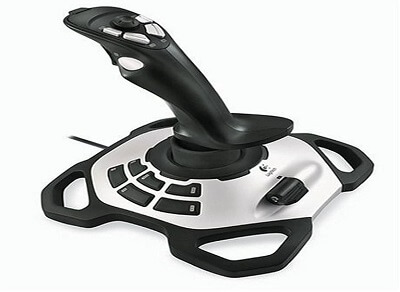
Output Device
The computer user can view the outcomes of the computer's work thanks to output devices. These devices convert data from the binary form (a record of zeros and ones) into a form the user can understand (image, letter, sound, etc.).The output devices of a computer are indicators of data processing outcomes. They can be a single light indicator (on or off), an alphanumeric character, some text displays, or a more advanced pointer that can show text or an image (or both) in one of the selected modes. The most popular output device is a monitor that can deliver all system notifications to the user and program support results. The monitor, which also serves as a screen for displaying text and images, is likely the most often used output device. Processing outputs can also be shown on paper using the plotter and printer. The most complicated component for displaying images on monitor screens is the graphics processor (GPU), which becomes increasingly difficult since multimedia content can now be properly processed alongside text. No matter how the sound system receives an analog or digital input (whether from a computer or an amplifier), the analog outcome of striking the speaker membrane allows us to enjoy the nice sound.
List of Output devices, along with their importance
- Monitor/ VDUs: The monitor or VDU is the most frequently used output device. Modern monitors typically have thin film transistors (TFT) or liquid crystal displays (LCD) and enclosures only a few centimeters deep. Cathode Ray Tube(CRT) monitors are older monitors whose cases are probably about 30 cm deep. Visual display units (VDUs), often known as monitors, resemble televisions and are used to communicate with computers visually. Visual Display Units show text and graphics of distinct colored light blocks called pixels. As the number of pixels rises, the screen's resolution also increases. The typical monitor has a width-to-height ratio of 4:3.
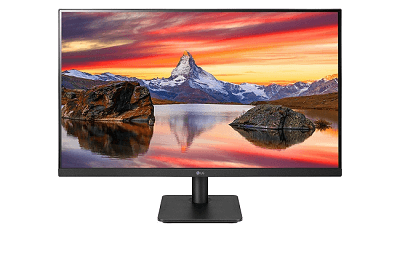
- Printers:Printing produces a "hard copy," as the name suggests, and information stored on a computer can be printed onto paper. There are various printer types with varying print quality and speeds; the two main categories are impact and non-impact printers.
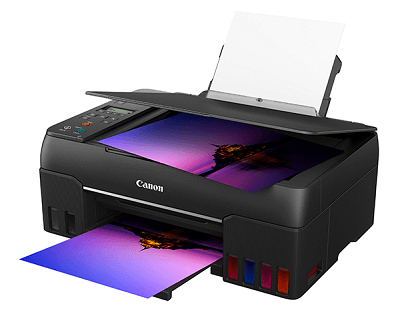
- Impact printers: Impact printers utilize a print head with several metal pins that link to the paper through an inked ribbon. Some print heads only have nine pins to create the dots needed to form a character, while others have 24 to generate a higher resolution.
- Dot Matrix Printer: Nowadays, it's less frequent. These machines are employed when carbon copies or duplicates are required, like for payslips, since they are relatively noisy and low quality yet inexpensive to operate. Additionally, because they are significantly more durable than the other two types of printers, they are useful in unclean settings like a garage. Dots are organized into characters in a matrix. Typically, 30 to 550 characters are displayed every second (cps). This printer is the least expensive and noisiest, and poor print quality is obtained. These printers operate rather quickly and cheaply and are used to print low-quality carbon copy prints.
- Daisy wheel Printer: A hammer and print ribbon are used to imprint moulded metal characters similar to those in a typewriter into the paper. The characters are mounted on extensions that are attached to a rotating wheel. It causes a lot of movement and noise while printing pages and slows the printing process (less than 90 cps). The print quality is comparable to that of an electric typewriter. Only using a different wheel c size and font can be altered because the letters on the wheel are fixed. However, it is done relatively infrequently.
- Non-impact Printers:Since their printing heads do not contact the paper, non-impact printers are far quieter than impact printers. Dot-matrix patterns are the most common output of non-impact printers. Several different technologies have been employed to offer a variety of non-impact printers. The primary types of non-impact printers are:
- Thermal Printers: Heat-sensitive paper and heated materials are connected to create characters. Darker dots develop on the paper when the elements reach a specific temperature. Due to heat and sunshine exposure, thermal printer paper turns darker over time. The quality of the print is poor. Portable calculators and other battery-operated devices frequently use thermal printers. Laser printers created a precise dot matrix pattern using a laser beam and dried powdered ink. This printing technique produces approximately four sheets of A4 paper each minute.
- A laser printer: The print quality is excellent, and laser printers can also create printed graphic images of excellent quality.
- Ink Jet Printers: Electrically charged or heated ink is sprayed onto the paper in tiny jets, creating the characters. Dot matrix characters with high resolution (400 dots per inch or dpi) are produced by individual printing head nozzles. Inkjet printers employ color cartridges that mix cyan, yellow, and magenta inks to create color tones. For clear monochrome output, a black cartridge is also used. This kind of printing enables high-quality, reasonably priced color printing and can produce up to 200 cps.
- Plotters:Graphs and diagrams are created using plotters. A plotter can create precise, high-quality drawings up to and including A3 size. They are typically utilized for applications like printing house blueprints or car parts requiring computer-aided design (CAD) or computer-aided manufacturing (CAM). There are two types of plotters:
- Pen plotters: Pen plotters are plotters in which the paper is attached to a flat surface, and the image is drawn by moving the pens. Several different colored pens can be used with this plotter. The sole restriction on the plot's size is the size of the plotter's bed.
- Electrostatic Plotter: An electrostatic plotter creates a binary image by applying a high-voltage charge to the paper. The toner is drawn to this voltage and heated until it melts into the paper. Although this kind of plotter is fast, it is typically considered lower quality than pen plotters.
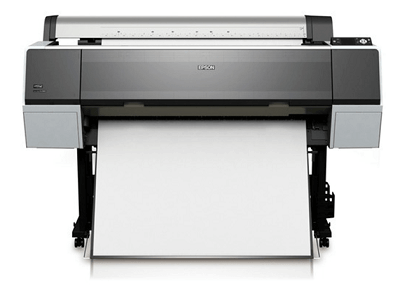
Key Differences Between Input Devices and Output Devices
- Input and output devices are two crucial parts of a computer system that operate together to let people communicate with and get feedback from the computer. Output devices enable the computer to produce data, whereas input devices enable people to input data into a computer.
- Keyboards, mouse, scanners, microphones, and touchpads are the most frequently used input devices. With these gadgets, users can enter data into computers in many ways, including typing, clicking, sketching, and speaking. The mouse is used for pointing, clicking, and scrolling, whereas the keyboard is one of the most basic input devices for text entry. Scanners and microphones are used for digitizing analog data, such as images and sounds. Laptops and other handheld devices use touchpads as a pointing mechanism.
On the other hand, output devices like a monitor, printers, and speakers let the computer display data. The monitor is the most frequently utilized output device to display images and text on the screen. Documents and photos are printed via printers, while audio is played using speakers. Other examples of output devices include projectors, which are employed to show images on a sizable screen, and Braille readers, employed by persons who are blind to read text.
- Input and output devices are connected to the computer via various interfaces, such as USB and PS/2.While output devices are normally connected to the computer's graphics card, input devices are typically attached to the peripheral controller of the computer.
- The user controls input devices, whereas the computer controls output devices. The computer processes the input data, producing the matching output data. For instance, a user may type a letter on the keyboard, and the computer would process it and display it on the screen.
- Due to their lower complexity and fewer components, input devices are often less expensive than output devices. On the other hand, output devices are more expensive since they are more sophisticated and have more components.
- Typically, input devices are more compact and portable than output devices and don't need as much power or space as output devices. In contrast, output devices are often bigger and heavier because they have more parts and need more power.
- Typically, input devices perform a greater variety of tasks than output devices. For example, A printer can only be used to print, whereas a mouse can be used for pointing, clicking, and scrolling.
- In general, input devices are more ergonomically designed and user-friendly than output devices. It happens because input devices are created to be convenient to use and simple to comprehend. After all, they are intended to be used by people. On the other hand, output devices are often less user-friendly because they are not designed for human usage.
Summary
The article mentioned above distinguishes between an input device and an output device. The input and output devices are often placed in opposition to one another. Users' information is sent to the computer system via an input device to be processed. On the other hand, an output device copies or shows consumers the outcomes of the computer system's processing. Input and output devices are used parallel with other embedded system components, such as the processing element, CPU, and memory. Together, they allow the system to collect certain data to execute a specific task and enable users to control and interact with the embedded system easily.
|

 For Videos Join Our Youtube Channel: Join Now
For Videos Join Our Youtube Channel: Join Now
















